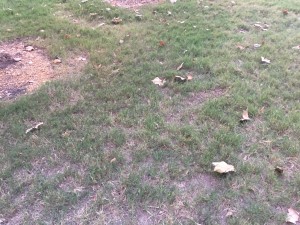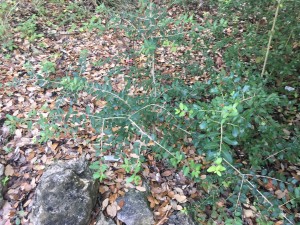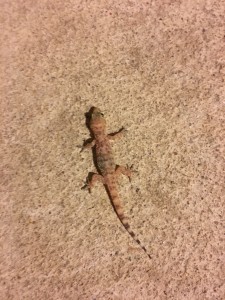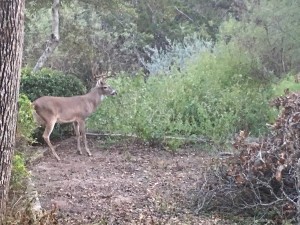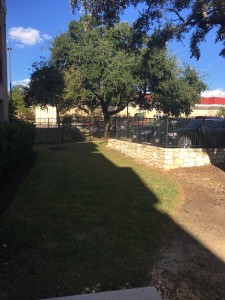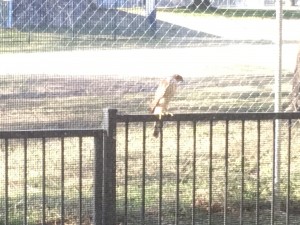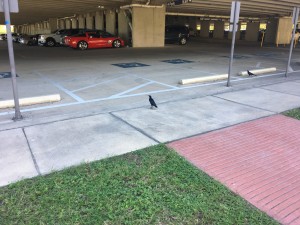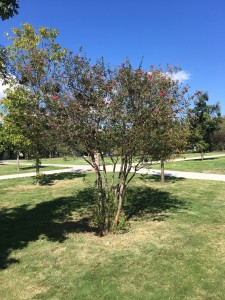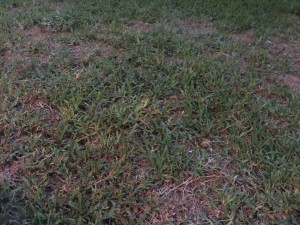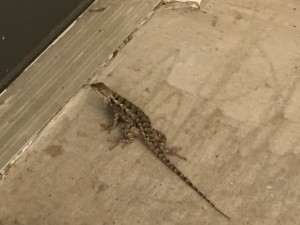Bermudagrass, Cynodon dactylon, is a very common grass in the United States. This grass is used for athletics and recreational areas because it is fast growing and tough. It grows best in the sun and poorly in the shade. It is highly resistant to drought or flooding making it preferable in many locations. It is considered weedy or invasive because it outcompetes other species. Other attributes of Bermudagrass are low water use rate, dense sod formation, tolerance of a wide range of soil pH ranges, good tolerance to salty water and conditions, good traffic tolerance, relative ease of establishment, and grows on hard soil surface and shallow soils.
My iNaturalist post can be found here.
